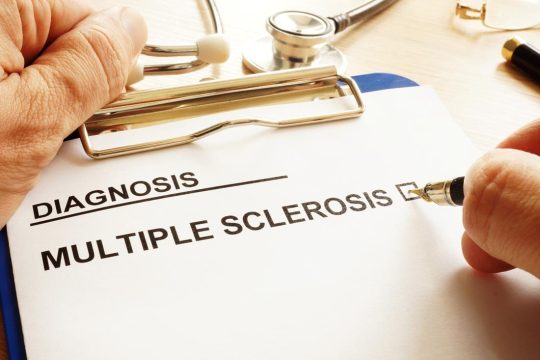Advertisment
New research explains drug cravings

World Health Matters (Japan) by Gary Finnegan – Addiction may result from abnormal brain circuitry in the frontal cortex, the part of the brain that controls decision-making, according to scientists in Japan. They said the findings will help understand the neural basis of addiction and may contribute to a therapeutic approach for addiction.
Researchers from the RIKEN Center for Molecular Imaging Science in Japan, collaborating with colleagues from the Montreal Neurological Institute of McGill University in Canada, found that the lateral and orbital regions of the frontal cortex interact during the response to a drug-related cue and that aberrant interaction between the two frontal regions may underlie addiction.
The results, published in the journal Proceedings of the National Academy of Sciences, show that the brain areas associated with drug cravings are the same regions associated with self-control.
Cues such as the sight of drugs or cigarettes can induce cravings and lead to drug-seeking behaviours and drug use. But cravings are also influenced by other factors, such as drug availability and self-control.
To investigate the neural mechanisms involved in cue-induced cravings the researchers studied the brain activity of a group of 10 smokers, following exposure to cigarette cues under two different conditions of cigarette availability. In one experiment cigarettes were available immediately and in the other they were not. The researchers combined a technique called transcranial magnetic stimulation (TMS) with functional magnetic resonance imaging (fMRI).
The results demonstrate that in smokers the orbitofrontal cortex (OFC) tracks the level of craving while the dorsolateral prefrontal cortex (DPFC) is responsible for integrating drug cues and drug availability. The DPFC has the ability to suppress activity in the OFC when the cigarette is unavailable. When the DPFC was inactivated using TMS, both craving and craving-related signals in the OFC became independent of drug availability.
The authors of the study conclude that the DLPFC incorporates drug cues and knowledge on drug availability to modulate the value signals it transmits to the OFC, where this information is transformed into drug-seeking action.
“We demonstrate that in smokers, cravings build up in the OFC upon processing of cigarette cues and availability by the DFPC. What is surprising is that this is a neural circuit involved in decision making and self-control that normally guides individuals to optimal behaviours in daily life,” explains Dr Yasunori Hayashi, from RIKEN, who designed and conducted the fMRI and TMS experiments.
“This research uncovers the brain circuitry responsible for self-control during reward-seeking choices. It is also consistent with the view that drug addiction is a pathology of decision making,” said Dr Alain Dagher, a neurologist at the Montreal Neurological Institute.





